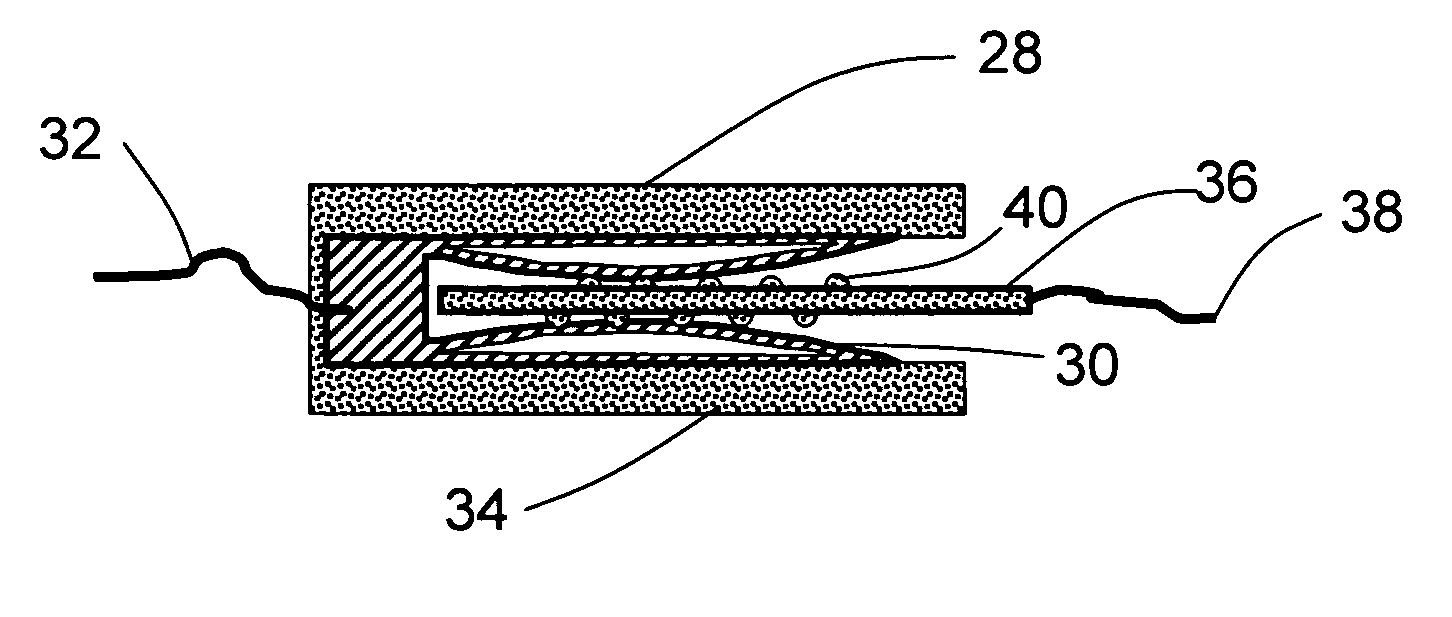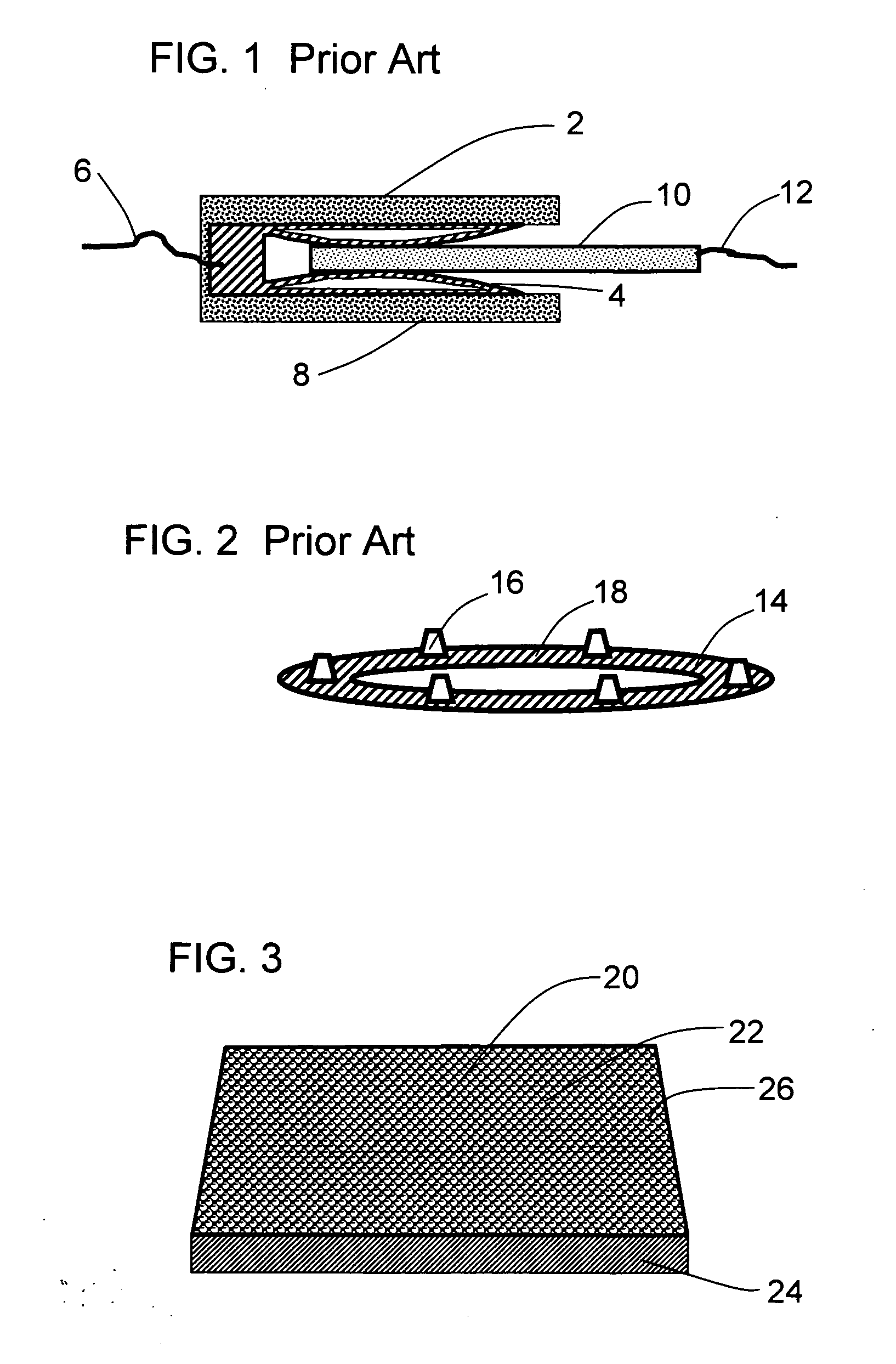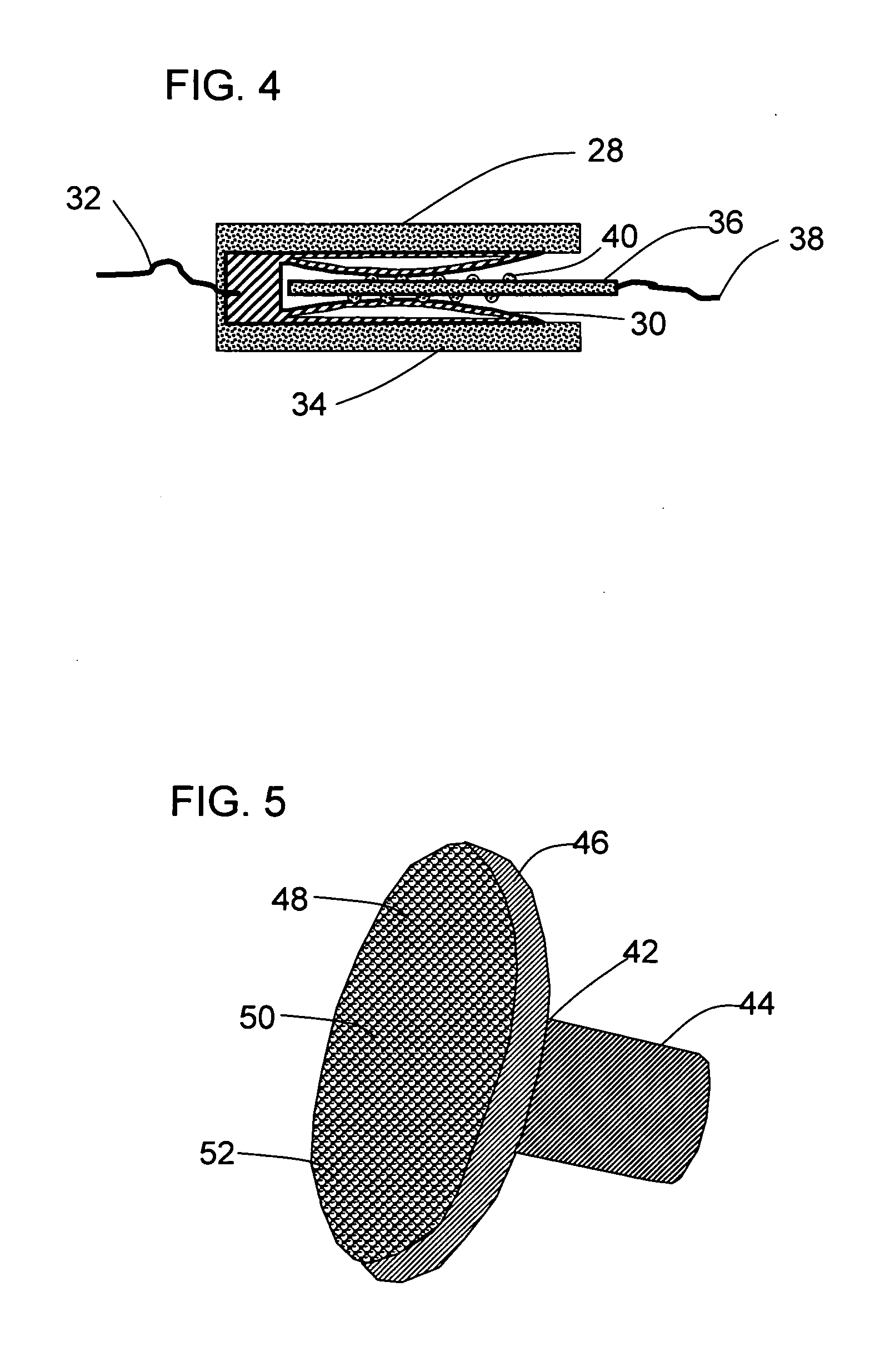This may result from loose electrons that are free to travel between atoms.
Electrical grounding is provided because contact with 115 volts AC may result in serious bodily injury or even death.
Electric shock occurs when a potential
voltage exists across the body that is sufficient to carry a current disruptive to normal bodily functions.
Once a disruptive current is established across the body, the individual may not be able to let go.
Certain situations may arise in which a grounded electrical device may not be properly grounded.
This condition can occur if the connection between the ground and the device is faulty.
The sources of possible bad connections that lead up to this condition are numerous including a bad earth ground connection, faulty wiring, a bad connection between the outlet and plug, a faulty electrical cord, and a bad connection between the internal grounding wire of the electrical device and the device housing.
Because of this, transformers may be used to change AC
voltage but will not work with
DC voltage.
With
AC power, the higher the frequency, the greater the losses in transformers and transmission lines.
As mentioned above, contact with 115 volts AC may result in disruptive levels of current across body parts.
Although somewhat hazardous, 115 volts AC may represent a reasonable compromise between safety and the need to carry useful quantities of power through relatively small wires.
Below about 42 volts, difficulties arise in pushing enough current through
intact skin to disrupt bodily functions.
It should be noted that
exposure to sources of
electric power below 42 volts under certain circumstances may still be harmful.
For example,
broken skin, wet conditions, and puncture wounds by electrically energized electrical components at or below 42 volts can still cause harmful electric currents to flow within the body.
This often results in a large reverse
voltage spike that may be sufficient to strike an arc across switch contacts.
This arcing tends to damage electric switches and may even result in a hazardous condition if it becomes self sustaining.
While being sufficient in most cases with
copper connections, it is not always sufficient to overcome electrically resistive
contamination that may be found on aluminum wire.
Unfortunately, it tends to form non-conductive surface oxides on
exposure to air.
A large
voltage drop may occur across the contact surface resulting in local heating effects.
Significant currents across loose connections coupled with
oxide layers of high electrical resistance may produce sufficient heat to ignite the interior surfaces of buildings resulting in fire.
Below about 20 volts difficulties may be encountered in
copper and other
metal contactors conducting
electricity across contaminated surfaces.
As in the case with aluminum, this may present special problems associated with the unwanted formation of heat at the point of contact while carrying high currents.
Keeping the area clean may help to improve contact
conductivity but may prove difficult.
Unfortunately despite this fact, poor electric continuity may exist between vehicle battery posts and their associated clamps.
Higher voltage batteries require more series wired cells and therefore are more expensive to produce.
In addition, the more cells connected in series the greater the chances of one of the series connected cells failing.
Twelve
volt automotive electrical systems employing numerous spring loaded sliding electrical connectors exposed to
heat cycling, vibration, and contaminants presents certain challenges to the
automotive industry.
While being somewhat damaging to switches and
relay contacts, these voltage spikes may be especially problematic to semi-conductor components found in computer chips, power regulating circuitry, and control circuitry.
Voltage spikes generated from sources unanticipated by the designers may bypass voltage clamping devices and damage semi-conductor components.
The resulting problem may be difficult to diagnose if the trouble causing voltage spikes are intermittent.
Poor connections to inductive sources may produce intermittent
stray voltage spikes not anticipated by designers that can damage semi-conductor components.
Poor connections may result in stray voltages that can cause intermittent problems that can be difficult to troubleshoot and in some cases may damage circuit components.
If the engine stopped running it was a sign that the
alternator was not working properly.
The above mentioned test procedure is generally not carried out with newer vehicles due to the possibility of
stray voltage spikes damaging delicate semi-conductor circuit components.
An intermittent battery connection may therefore produce voltage spikes by breaking electrical connections to inductors (coils of wire on iron cores) but may also present issues with not being able to absorb spikes once they are generated from other sources.
Poor battery connections may interfere with feedback voltage detection and charging efficiency.
This condition may result in an over charge condition or an under charge condition that can significantly reduce battery life.
Overcharging these batteries may result in rapid loss of capacity and significantly shorten their useful life.
One unfortunate aspect of
lithium ion batteries involves overcharging.
Lithium metal on the other hand is reactive and may explode or burst into
flame on
exposure to water and other substances.
Once this happens, further charging may plate enough of this metal out on the negative
electrode to puncture the separator causing an internal
short circuit.
Once this occurs, the fire that results may be particularly troublesome owing to the fact that
lithium metal reacts with water forming explosive
hydrogen.
A bad battery connection that gives a false voltage reading or bad connections within charging circuitry for
lithium ion batteries can therefore be particularly troubling owing to the hazards associated with their
overcharge condition.
Below about 5 volts, small amounts of surface contamination may interfere with electric conductivity between two contacting pieces of metal.
These
oxide layers tend to be rather thin at first and often self passivating.
Self
passivation of freshly exposed metal surfaces is the result of the newly formed
oxide layer being somewhat impervious to
oxygen thereby limiting the overall thickness.
Such
layers may present continuity issues at low voltages.
Satisfactory results are obtained with these connectors because they only need to stand up to a few cycles of connection and removal.
Low voltage electrical contacting surfaces employed in numerous switches, batteries, and applications may develop poor electric continuity over time.
This may become especially problematic with repeated use.
Particularly troublesome are the electrical contacting surfaces of individual
cell batteries.
When several cells are connected in series, numerous bad connections may result.
 Login to View More
Login to View More  Login to View More
Login to View More 


